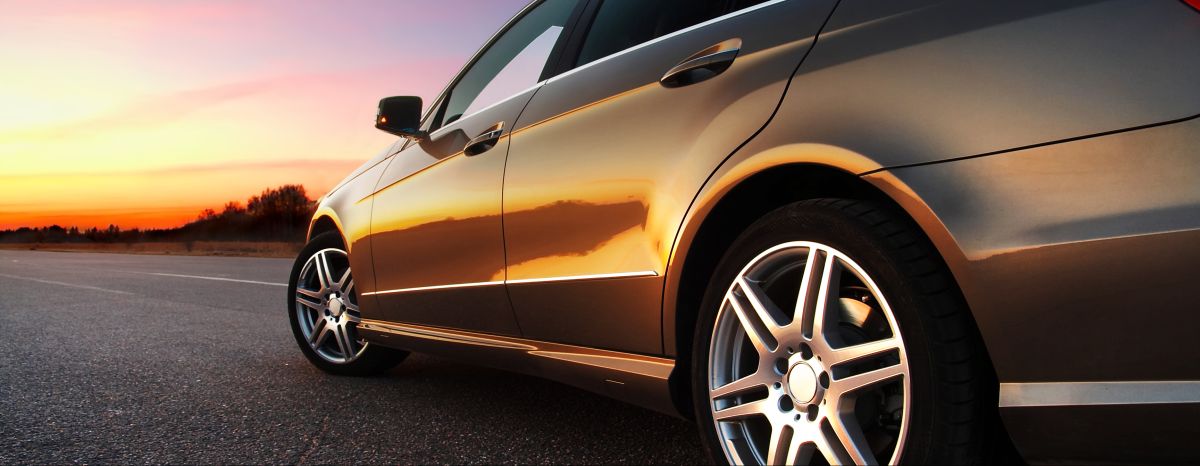Compatibility
DME is compatible with efficient diesel combustion process. DME does not fit into LPG engine, which operates with otto-cycle. Totally different fuel injection system is required for DME than for diesel due to its gaseous nature. Mild pressure is needed to keep DME in liquid form. However, retrofitting of diesel engine for DME use is possible.
Low viscosity and lubricity of DME is challenging due to risk of leakage and wear in pumps and fuel injectors. Additives that are commonly used to improve lubricity of some diesel fuel grades, and also new additives, have been tested for DME. However, dozing levels of additives have been high. (Semelsberger et al. 2006, Sivebaek 2001). Special fuel injection systems have been studied for DME, such as wear-self compensation nozzle and independent lubrication nozzle (Zhang et al. 2012, Kapus and Ofner 1995). In early 2000’s, DME was not compatible with the most conventional gasket and seal materials, but promising elastomers have been found (Van der Ploeg and Verbeek 2002).
In the Common Rail system DME is injected as a liquid in combustion chamber at pressure of at least 12-30 bar to avoid premature vaporisation in pipelines. Risk for vaporisation can be reduced also by placing fuel pump into fuel tank. The target is to achieve same torque and power with DME as with diesel fuel. Dual-fuel engines and pilot injection using diesel and DME have been considered (Lim et al. 2010, Jung et al. 2011).
Costs of dedicated DME engine may be lower than those for diesel engine, because of less secure structure and lower fuel injection pressure needed. Energy density of DME is lower than that of diesel fuel. Therefore almost twice as large fuel tanks are needed for DME than for diesel to achieve the same driving distance.


